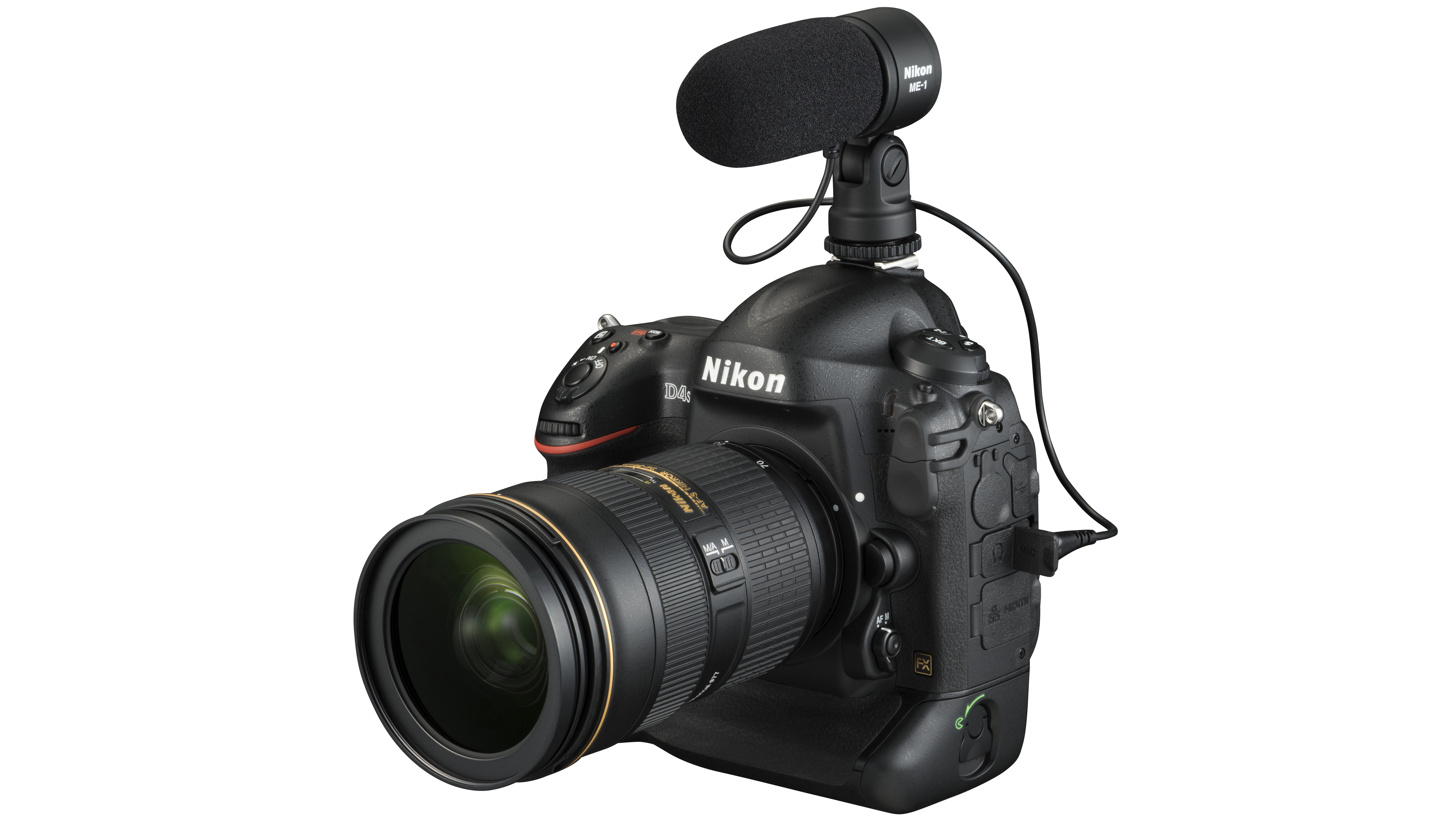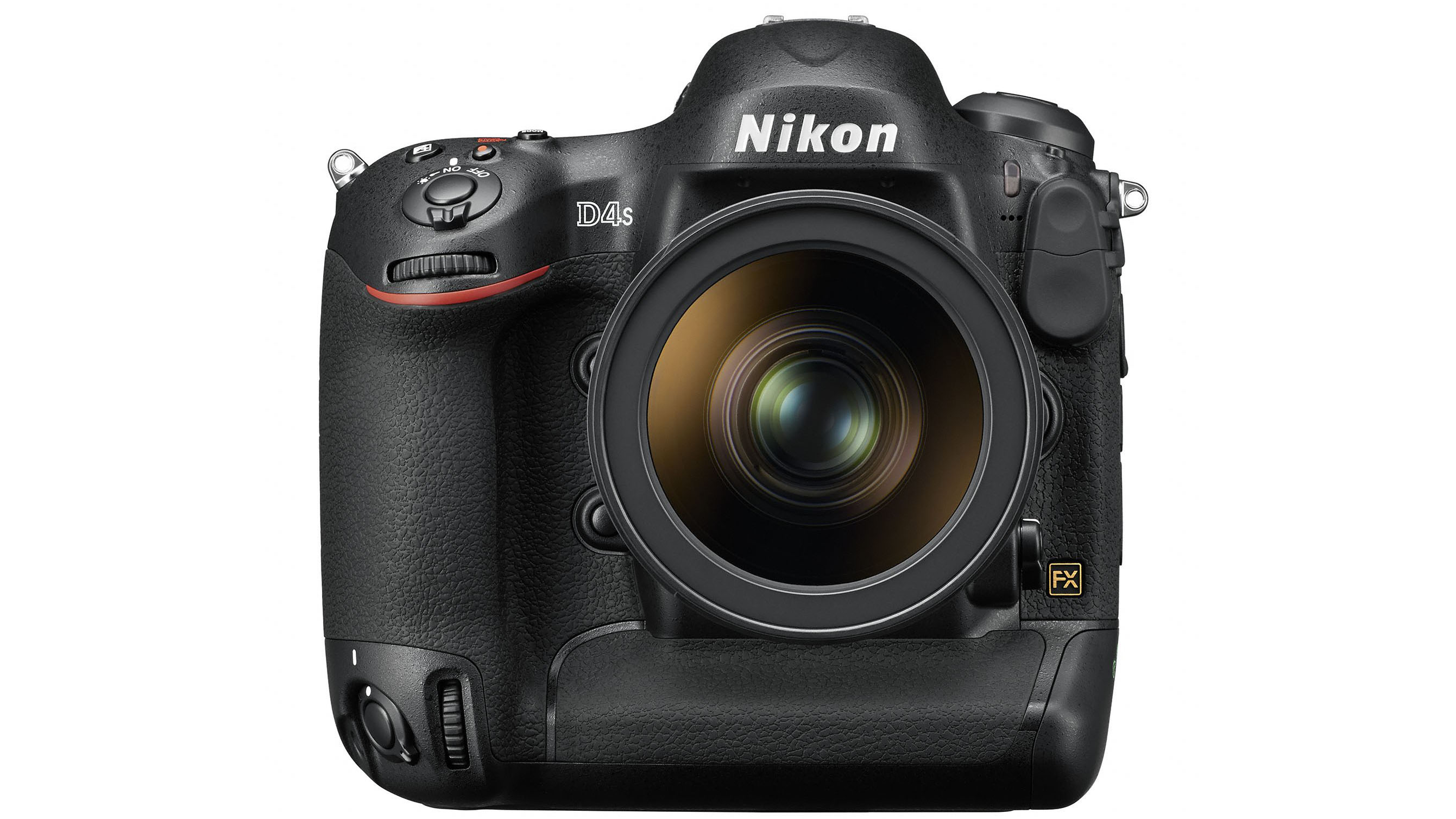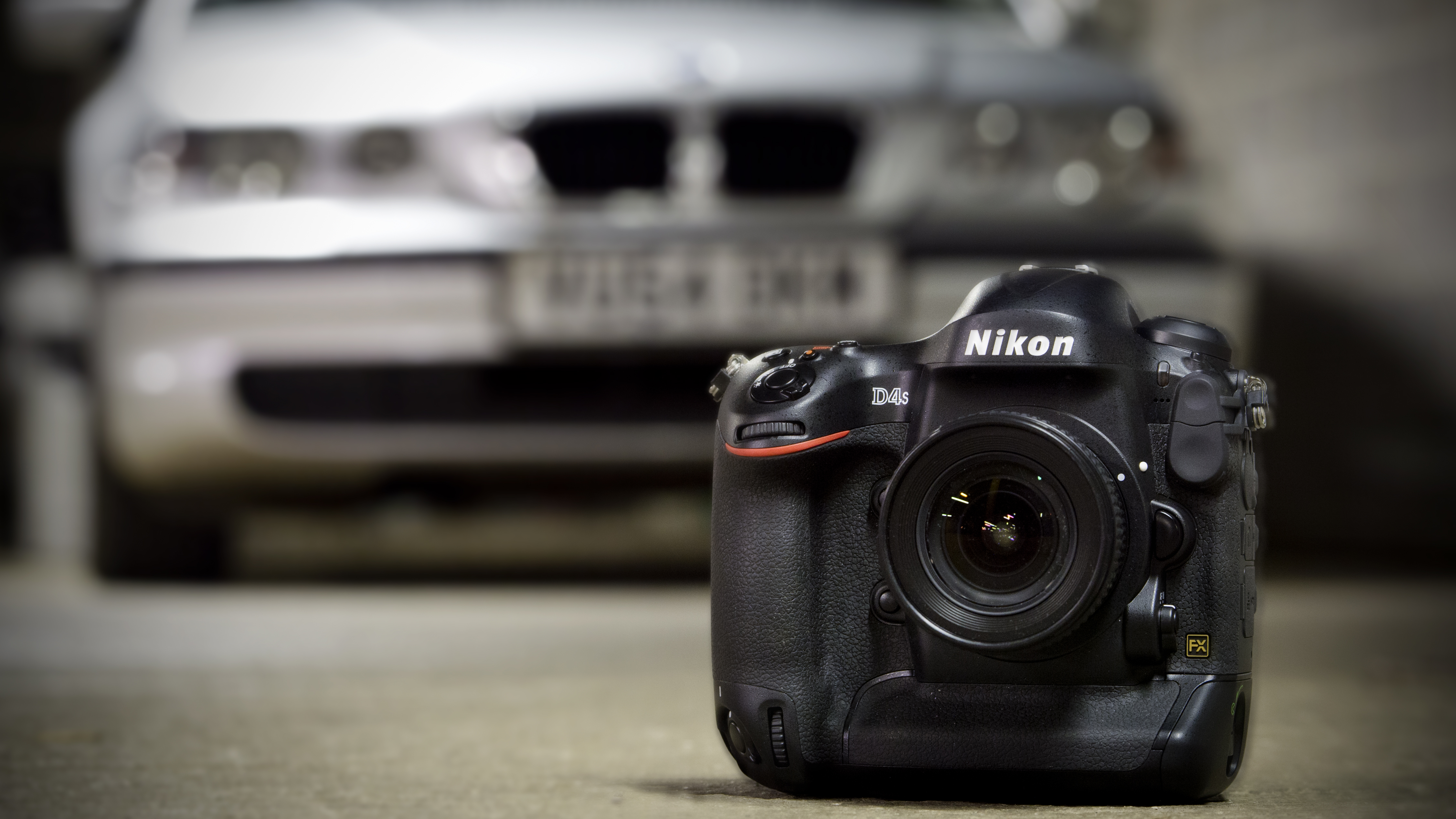Why you can trust TechRadar
There's no doubt that the Nikon D4S is a very capable camera. However, some may be surprised that Nikon's top-end SLR and the Nikon Df have the lowest pixel count of all the company's current, recently announced SLRs. The Nikon D3300, the entry-level model, for example, has a pixel count of 24 million, as do the Nikon D5300 and Nikon D7100. The Nikon D800 and D800E go even further with pixel counts of 36million.

Nikon has limited the D4S's pixel count to allow its fast continuous shooting rate and high burst depths as well as to maintain image quality. Keeping a modest pixel count allows the photoreceptor size to be comparatively large and this boosts the sensor's light gathering capability, which in turn helps image quality, noise control and dynamic range.
In addition, the D4S delivers images that are big enough for most purposes without slowing down processing times or filling up cards and hard drives too quickly. Professional photographers who need to produce larger images can opt for the Nikon D3X, although this 24Mp model was launched at the end of 2008 and has seemed ripe for an updated for a while. This makes the 36Mp D800 or D800E a more likely candidate, but these models lack the robust build of the D4S and D3X.
We liked
Clients expect a professional photographer to use a camera that looks a bit different from the models that line the shelves in the local camera store or electrical retailer and the D4S fits the bill perfectly. It looks, feels and sounds like a professional-level camera. It has a rugged, durable feel that suggests it's going to last and there are two grips to make it as comfortable to use in vertical orientation as it is in horizontal orientation.
Although the D4S's AF system is pretty complex, Nikon has done a great job of implementing it so it's easy to understand and change between the options. It also performs extremely well and is capable of rendering a fast moving subject sharp even in very low lighting conditions.
We disliked
Being weatherproof and built to withstand life in the hands of a professional photographer has its downsides for a camera. The D4S is big and heavy as a result. It goes with the territory, but cameras like the Sony A7 and Sony A7R show that a full-frame camera doesn't have to be big, and though they may not be quite as durable as the Nikon camera (time will tell), both of these models and the Olympus OM-D E-M1 are weatherproofed.
In 2014 it seems rather out of step that Nikon's top-end SLR doesn't have Wi-Fi and GPS technology built in. Granted these features can be added via optional accessories, but photographers expect more from their cameras these days. Also, although the camera has a metal body it has so many holes in it (lens mounts, LCD connection, controls and so on) that this seems an unlikely reason to exclude the technology.
Sign up for breaking news, reviews, opinion, top tech deals, and more.
We'd also like to see the AF points spread a little further towards the edges of the frame and the ability to customise the options in the information screen.
Verdict
Our tests reveal that the D4S builds on the successes of the D4 with an improved AF system, better detail reproduction at higher sensitivity values and extended low-light capability.
While it can be used for just about every genre of photography, it is unlikely to be the camera of choice for enthusiast or professional landscape photographers who are probably going to be drawn to a smaller, lighter model with a higher pixel count – the Nikon D800 for example.

